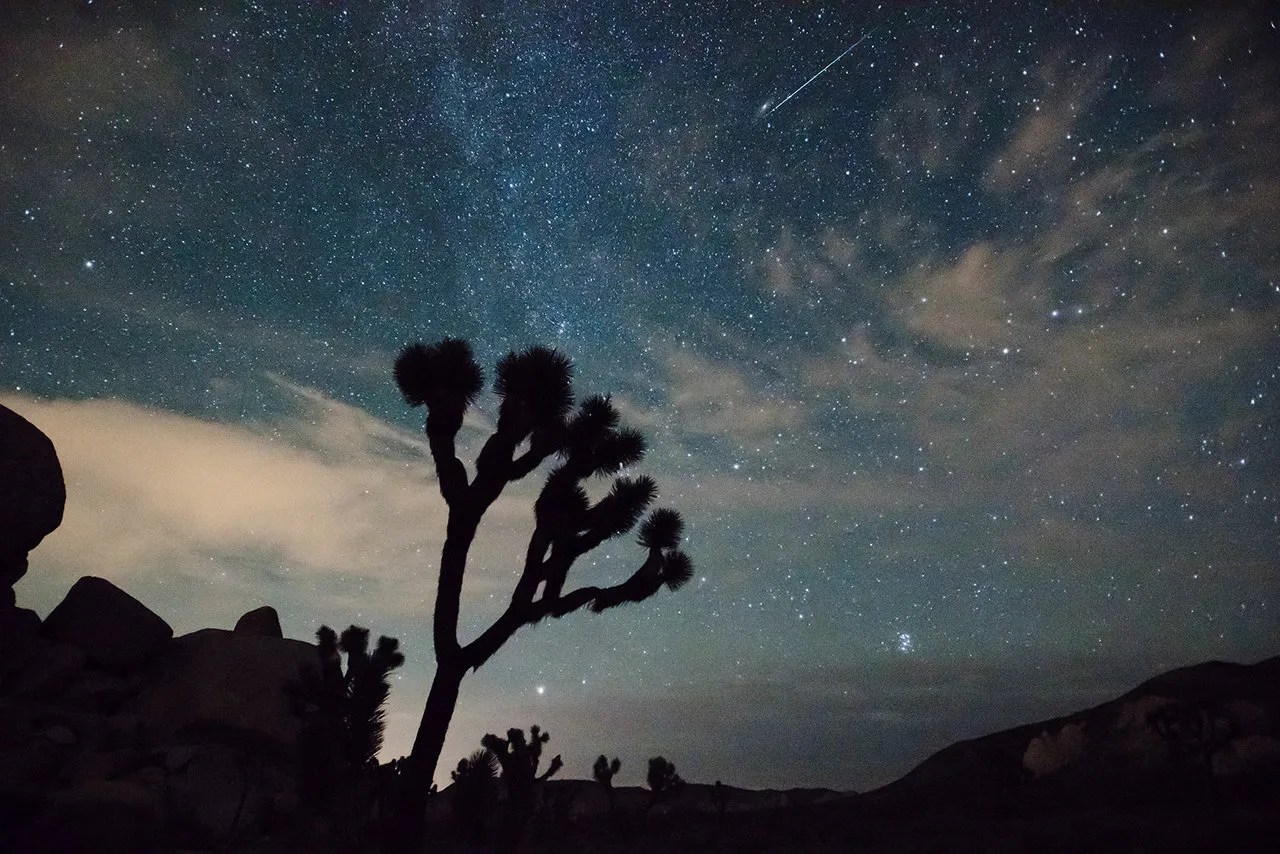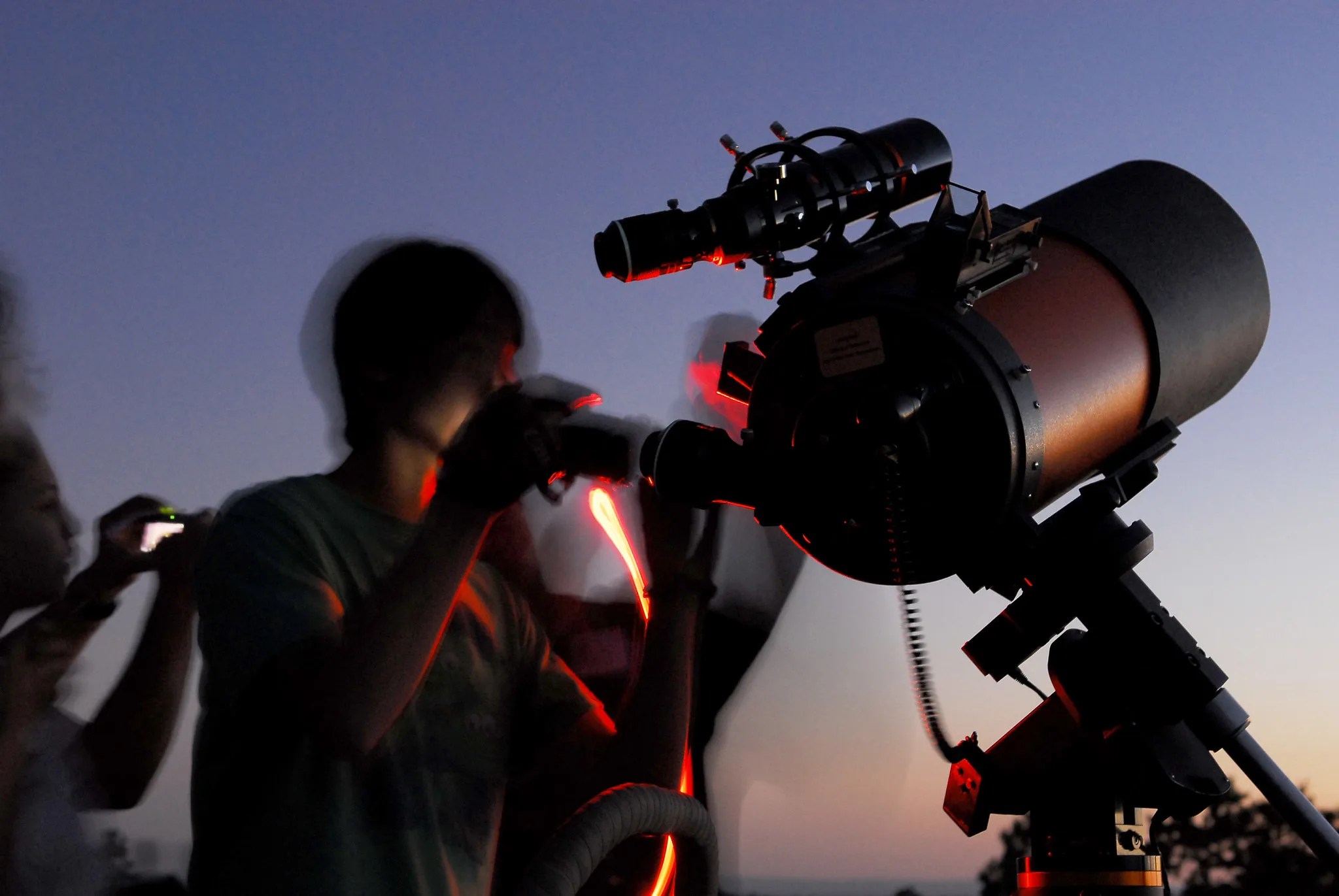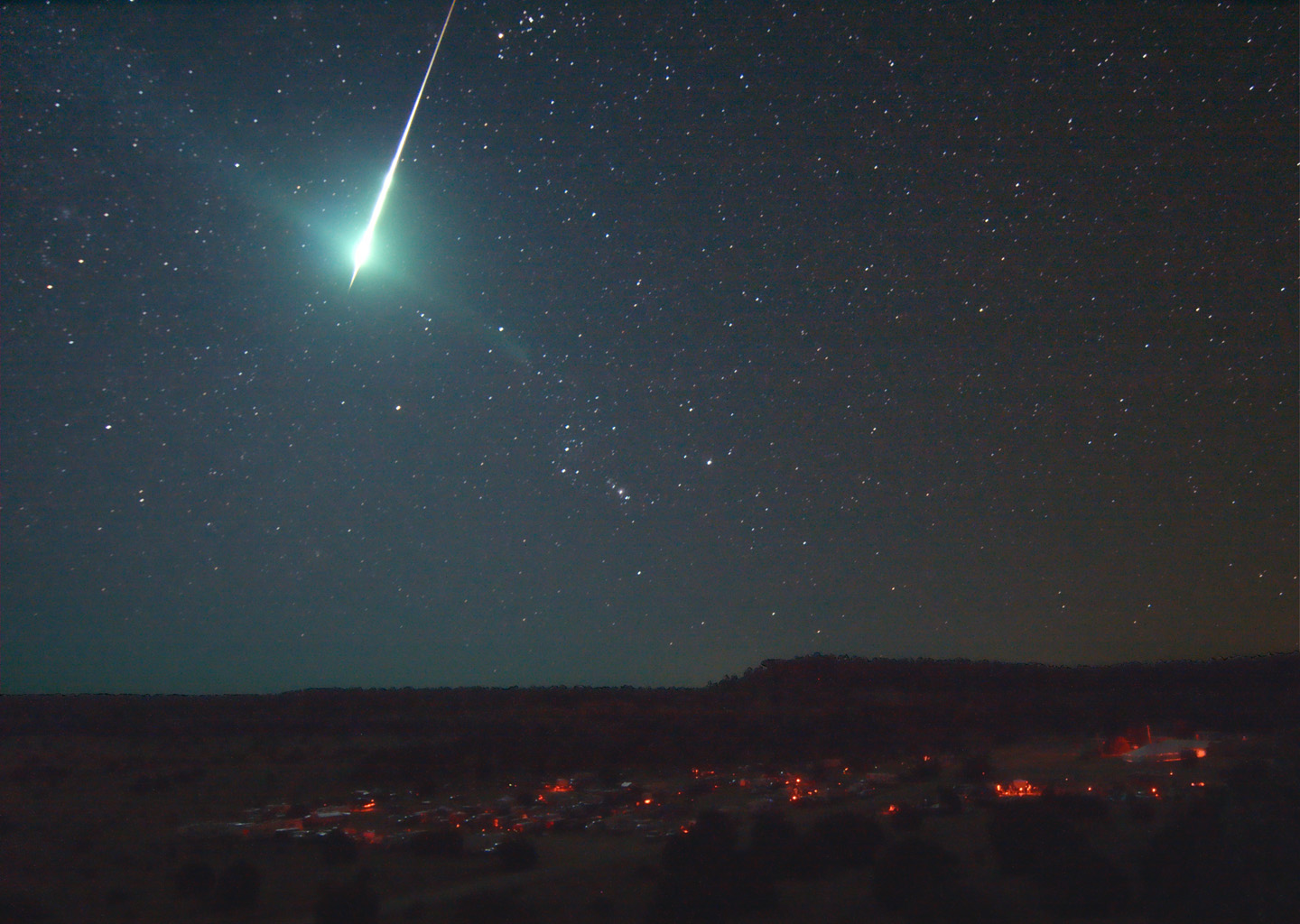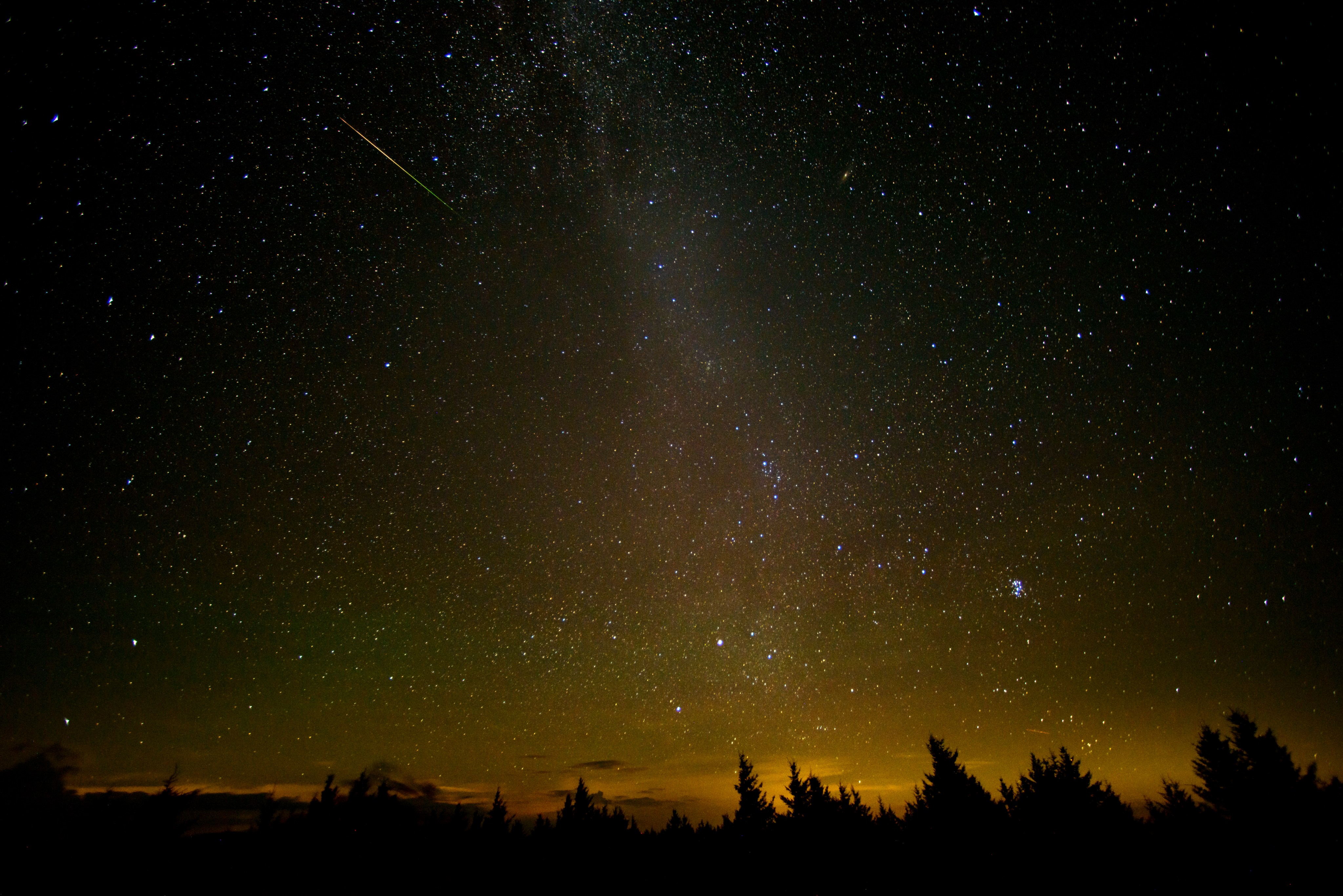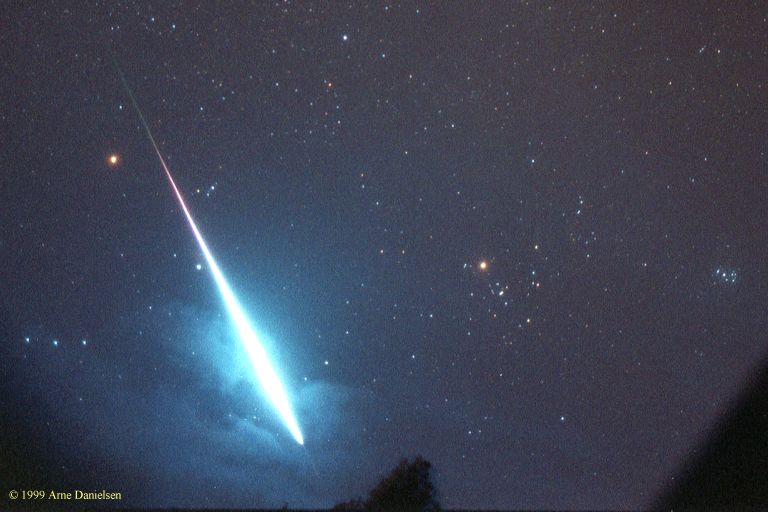
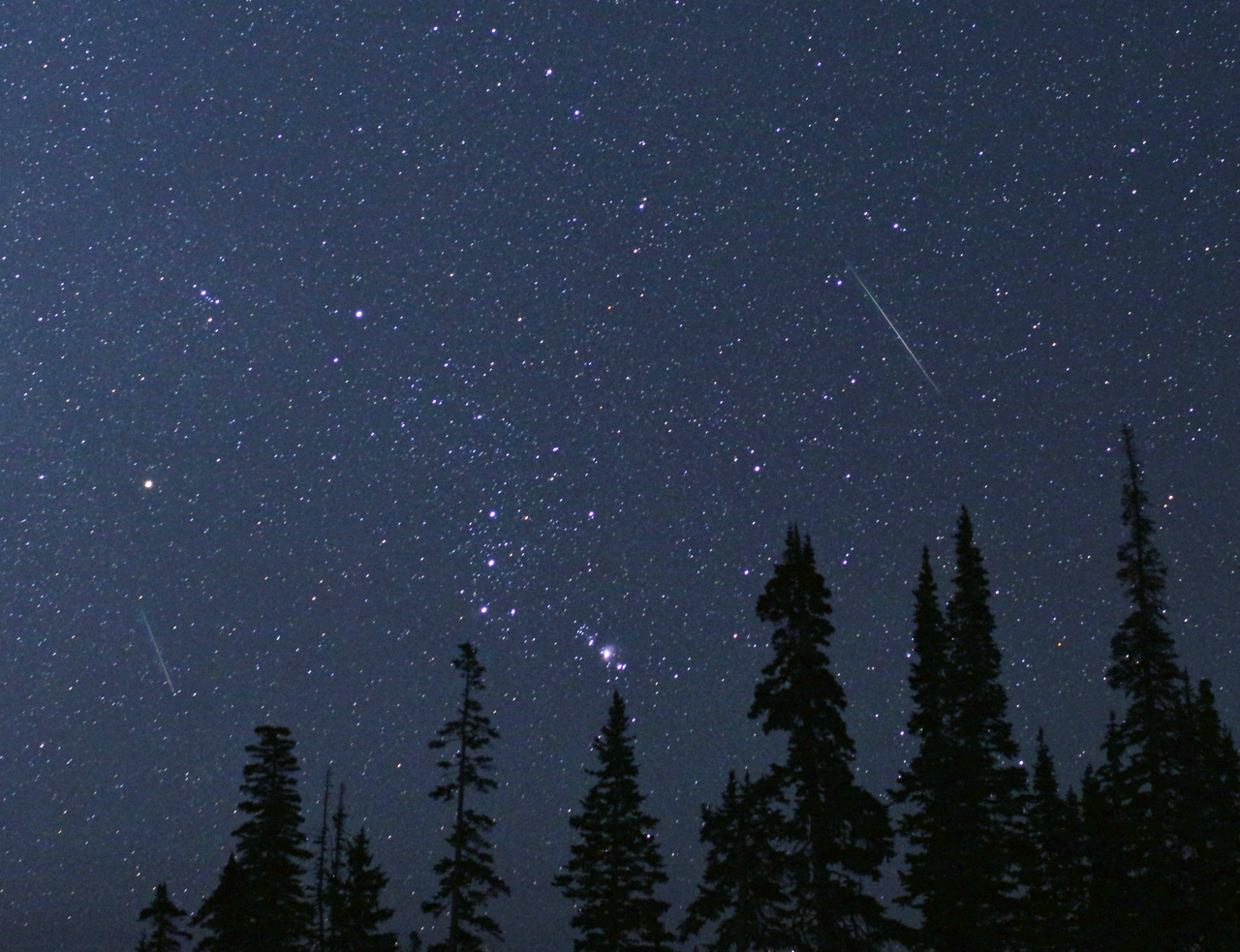

Meteors and Meteorites
They’re all related to the flashes of light called “shooting stars” sometimes seen streaking across the sky. But we call the same object by different names, depending on where it is.
METEORIDS
Small, rocky, and still in space
MeteoRs
In Earth's atmosphere
METEorites
Hit the ground
METEOR SHOWERS
Several meteors per hour
What’s the difference between a meteoroid, a meteor, and a meteorite?
Meteoroids: These rocks still are in space. Meteoroids range in size from dust grains to small asteroids.
Meteors: When meteoroids enter Earth’s atmosphere (or that of another planet, like Mars) at high speed and burn up, the fireballs or “shooting stars” are called meteors.
Meteorites: When a meteoroid survives a trip through the atmosphere and hits the ground, it’s called a meteorite.

FAQ: What is a Meteor Shower?
Scientists estimate that about 48.5 tons (44 tonnes or 44,000 kilograms) of meteoritic material falls on Earth each day. Almost all the material is vaporized in Earth's atmosphere, leaving a bright trail fondly called "shooting stars." Several meteors per hour can usually be seen on any given night. Sometimes the number increases dramatically—these events are termed meteor showers.
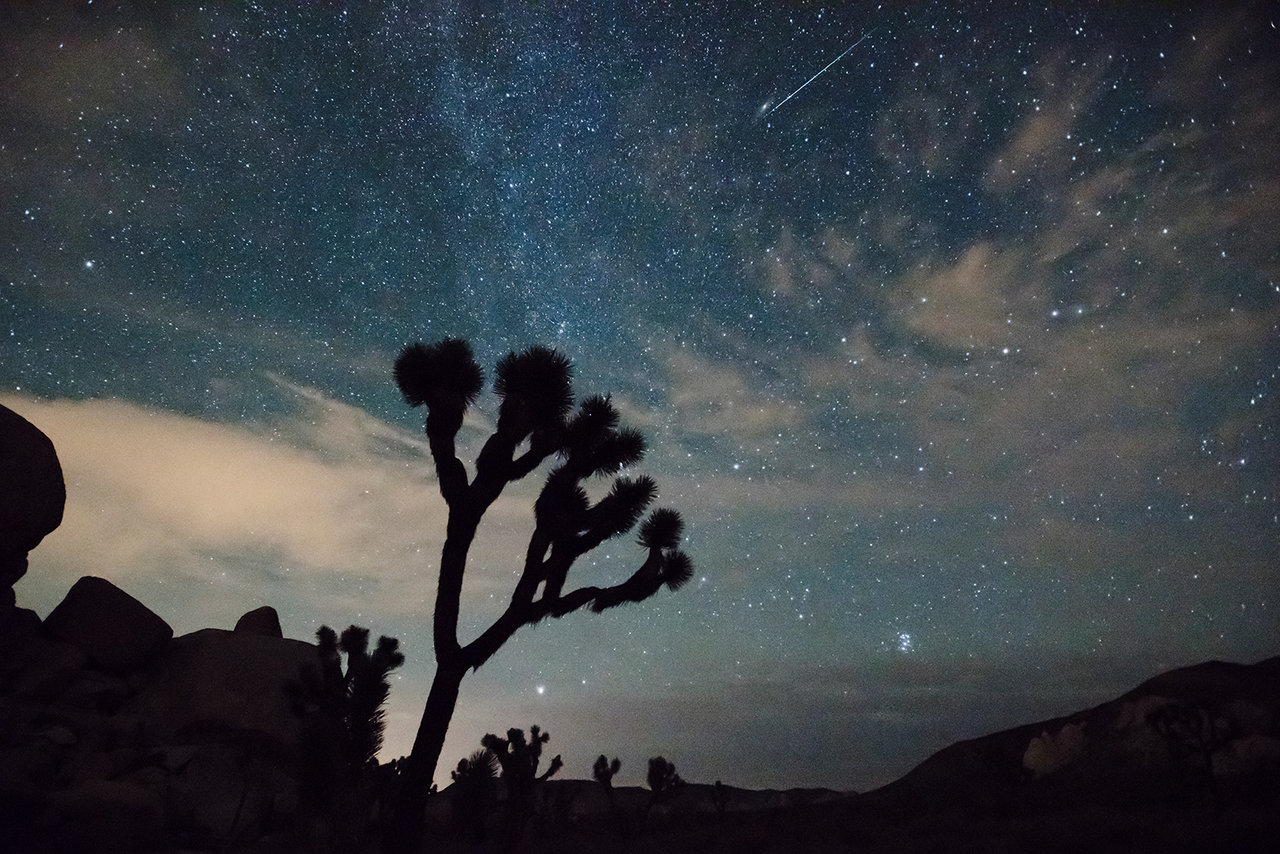
Meteor showers occur annually or at regular intervals as the Earth passes through the trail of dusty debris left by a comet. Meteor showers are usually named after a star or constellation that is close to where the meteors appear in the sky. Perhaps the most famous are the Perseids, which peak in August every year. Every Perseid meteor is a tiny piece of the comet Swift-Tuttle, which swings by the Sun every 135 years.
How to Photograph a Meteor Shower
Photographing a meteor shower can be an exercise in patience, but with these tips – and some good fortune –…
Read the Story